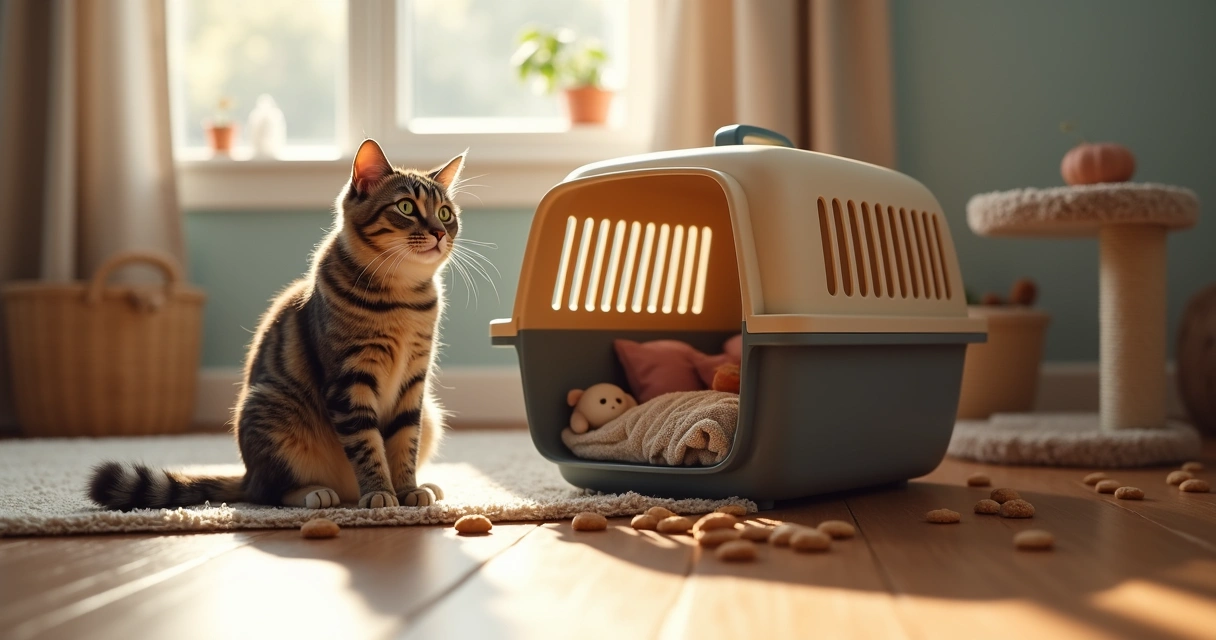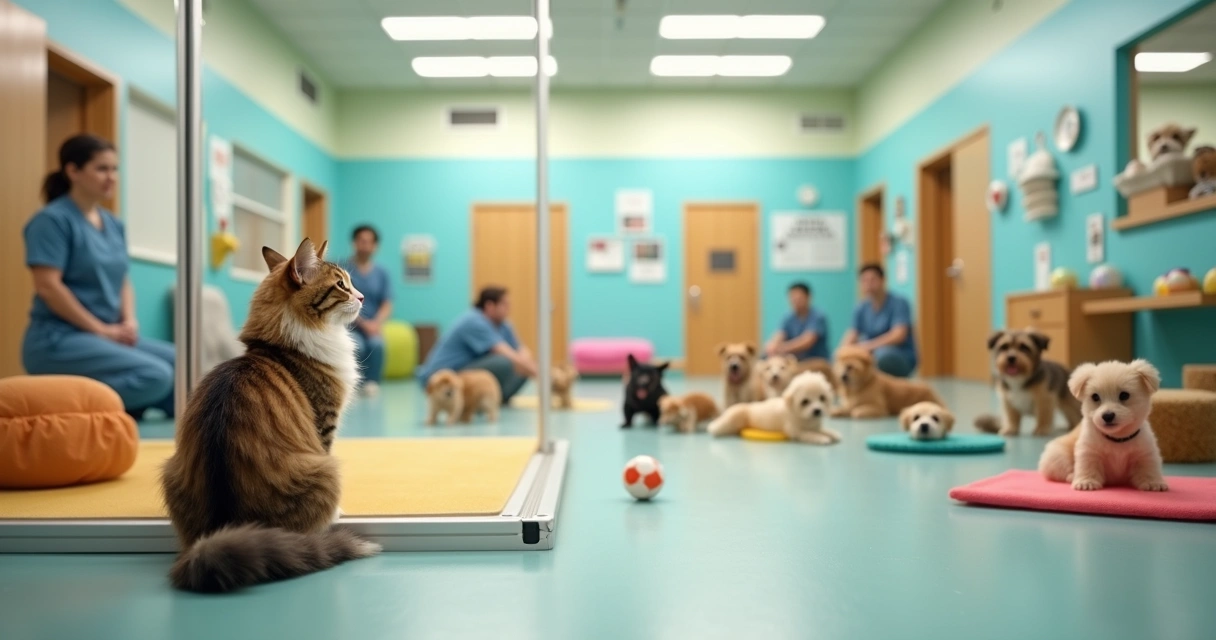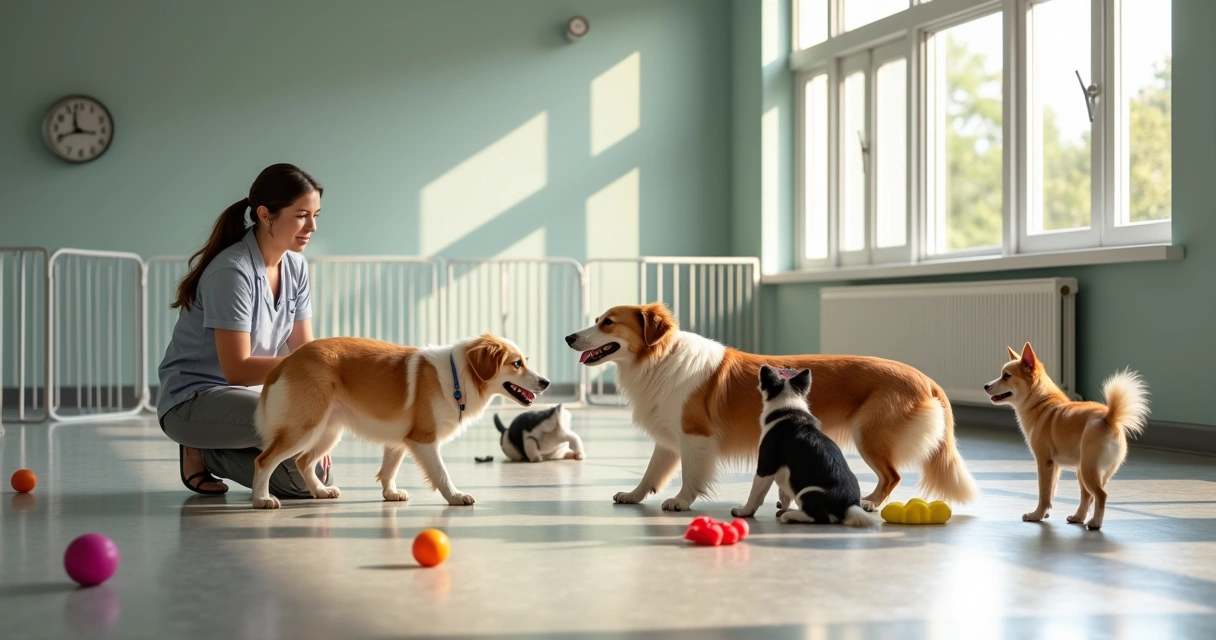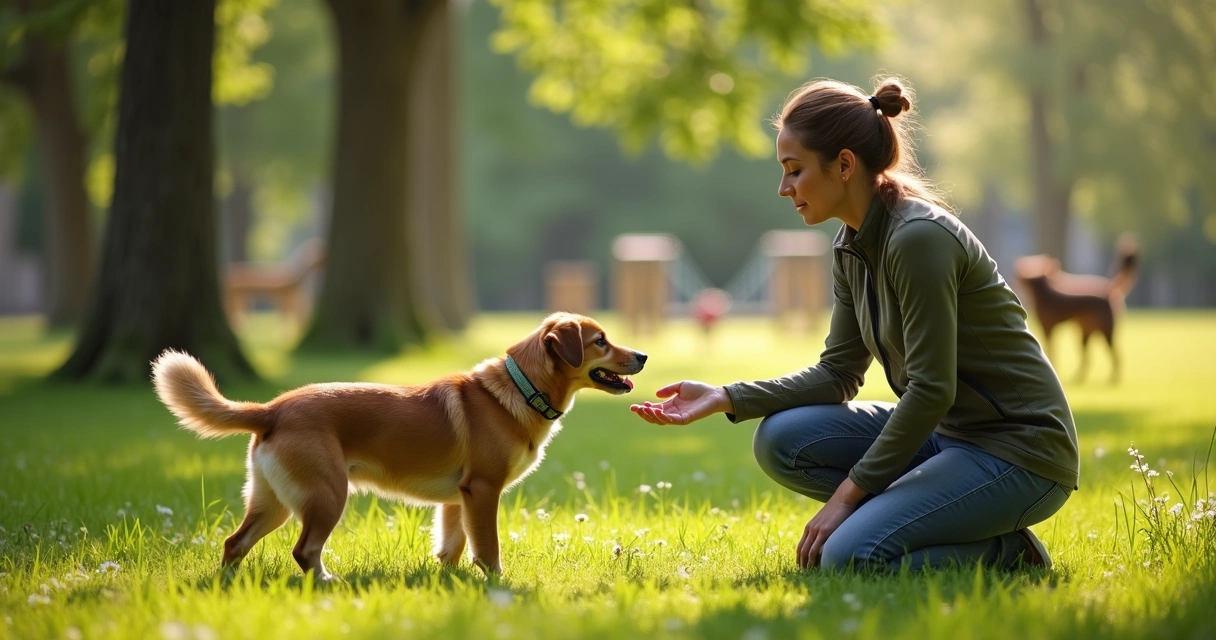Cats, gentle yet mysterious, often rule the home with quiet confidence. But what happens when their safe space suddenly expands into a bustling dog daycare environment? The idea brings a mix of hope and hesitation. With thoughtful preparation and a touch of patience, though, it is possible for your cat to thrive alongside canine companions—even in spaces designed with dogs in mind, like the 10,000-square-foot facility run by Dogtown in Gloucester, MA.
Introducing your cat to such environments doesn’t have to be daunting. Let’s walk through what works, what to expect, and those subtle, all-important steps that ensure both safety and harmony.
Why consider a daycare environment for your cat?
Not every cat enjoys the same old routine at home. Some crave stimulation, new smells, playful moments, or just a cozy corner to observe from a safe distance. In places like Dogtown, cats benefit from supervised socialization, enriched playrooms, and individualized attention.
- It’s more than a cat-sitting service. It’s active care and engagement.
- Staff like those at Dogtown respect size, temperament, and the delicate art of letting cats be themselves.
- Properly selected groups support positive behavior and prevent stress.
Cats thrive when their needs are truly seen.
Still, bringing a cat into what is often a dog-first space means careful, step-by-step planning. Safety is never just assumed. It's built, one quiet moment at a time.
Before the first visit: getting your cat ready
Preparation starts long before your cat walks into a daycare center. Most cats do best with gradual changes. Studies such as the NCBI research on conditioning protocols found that slow, positive exposure helps cats adjust safely to new surroundings or handling in about a week. Here’s an approach you might try:
- Familiarize with the carrier: Leave the carrier open at home, drop in treats and toys, or try scented bedding. This helps your cat associate the carrier with security.
- Short car rides: Before any daycare trip, take gentle practice drives. Keep them brief and offer a treat afterwards.
- Scent bonding: Place a blanket or towel from the daycare center in your cat’s favorite spot at home, allowing a slow introduction to unfamiliar smells.
- At-home enrichment: Use scratching posts, climbing trees, and puzzle feeders to keep your cat mentally sharp and confident. Positive reinforcement—praise, play, or treats—can motivate better than anything else, as recommended by the AAFP Intercat Tension Guidelines.
Small steps now can prevent fear later.

What does a cat-friendly daycare look like?
Not every daycare is prepared for feline guests. Research on kitten socialization emphasizes that positive, low-stress introductions shape life-long contentment. Cat-friendly daycares, such as Dogtown, design dedicated areas that minimize noise, visual triggers, and stressful dog interactions.
- Separate air and play zones for cats and dogs
- High perches and cozy nooks for hiding
- Gentle staff trained in feline body language
- Toys, scratching posts, and interactive play
What matters most is respect. At Dogtown, tailored packages guarantee that no cat is ever forced into uncomfortable situations. Staff supervise every interaction, letting cats choose their own comfort zone.
Step-by-step: the gradual introduction process
The introduction must be gentle, not rushed. Following the advice of studies about gradual introductions and positive reinforcement, here's a rough path you can expect:
- Pre-entry assessment: Many cat-friendly daycares—including Dogtown—offer a free assessment before any formal booking. This session allows the staff to note your cat’s temperament. The day camp structure is built around ongoing support, not rigid routines.
- Short stays to start: Perhaps thirty minutes the first day, then a bit longer next time, with the cat always able to retreat to a private area.
- Scent mingling: Before direct contact, let your cat and the dog group exchange bedding or toys. This softens the impact when faces finally meet.
- Visual but separate introduction: Allow your cat to observe dogs through a barrier. Offer praise, treats, or a favorite toy for calm reactions.
- Supervised short contact: If your cat seems curious—not fearful—allow a controlled, staff-supervised meet-and-greet with calm dogs, always ensuring the cat has a quick escape option.
Reading your cat's signals
Cats rarely use words, but their bodies say plenty. Watch for:
- Ears pinned back, tail twitching – that’s anxiety.
- Wide eyes, dilated pupils – fear or high alert.
- Vocalizations (hissing, growling) – a clear “not ready yet.”
- Slow blinking, relaxed posture – signals comfort.
- Hiding, refusal to interact – a need for more time.
Go at your cat’s pace. No one else’s.
Staff at Dogtown are trained to see those signals instantly, stepping in to adjust groupings or provide one-on-one attention.

Positive reinforcement and making it lasting
Cats are not small dogs. Their motivation comes from what they love most. One U.S. cat owner survey found that nearly half of cats prefer petting or play as rewards, and just over a third like food best. Observe your cat closely—does she light up when you offer treats, a wand toy, or even that gentle scratch under the chin?
- Bring those rewards to every stage of the introduction process.
- Short, positive experiences leave the biggest mark.
- Staff should use calming voices, soft movements, and offer praise just for trying.
At Dogtown’s cat and dog training programs, these methods are adapted for each animal—building trust, skill, and confidence day by day.
What to do if your cat is not ready?
Sometimes, even the best preparation is not quite enough. If your cat resists, clings to you, or seems deeply shaken, it may be best to look for other forms of care. Options like cat boarding or personalized at-home visits can give cats the slower pace they need. For grooming needs, gentle services like cat grooming at Dogtown offer a lower-stress environment, tailored for even the most sensitive feline.
When in doubt, go slow. Trust is built, not borrowed.
Conclusion
Introducing a cat to a dog daycare environment calls for planning, patience, and deep respect for the feline heart. With gradual steps, the right setting—like those at Dogtown—and positive reinforcement, many cats not only adjust but actually learn to enjoy the stimulation and company. Perhaps yours will too.
Ready to offer your pet a new adventure or just need guidance on the first step? Schedule a free pre-enrollment assessment at Dogtown and discover a care experience truly designed for your pet’s joy.
Frequently asked questions
How to prepare my cat for daycare?
Start with short, positive experiences at home—allow your cat to get used to their carrier, practice brief car rides, and introduce comforting items from the daycare environment like bedding or toys. Gradually extend their exposure, always using treats or play as rewards. This slow approach, recommended by NCBI research, builds confidence and reduces the risk of fear.
What is a cat-friendly dog daycare?
A cat-friendly dog daycare offers separate spaces for cats, reduces noise and dog scent stress, and uses staff trained in feline-specific care. With options like high perches, hiding spots, and enrichment toys, centers such as Dogtown focus on gentle transitions, safety, and happiness for both species.
Are cats safe in dog daycare?
Yes, many modern facilities—especially those modeled like Dogtown—prioritize the comfort and well-being of cats through strict supervision, division of animal groups by size and temperament, and highly trained staff. Cats are introduced only if they show readiness, and can always retreat to a private area if needed.
How to introduce my cat to dogs?
Introduce your cat to dogs with slow, positive steps: let them smell each other through closed doors or with exchanged bedding first, then visual introductions through barriers, always ending with praise or rewards for calm behavior. In time, let your cat meet calm, well-socialized dogs under supervision and never force interaction if your cat seems anxious.
What signs show my cat is stressed?
Watch for ears flattened against the head, wide or darting eyes, tense posture, vocalizations like hissing or growling, or hiding and refusing contact. Stress can be subtle or obvious—every cat is different. Trust your instincts and adjust the approach if you notice these signals.





